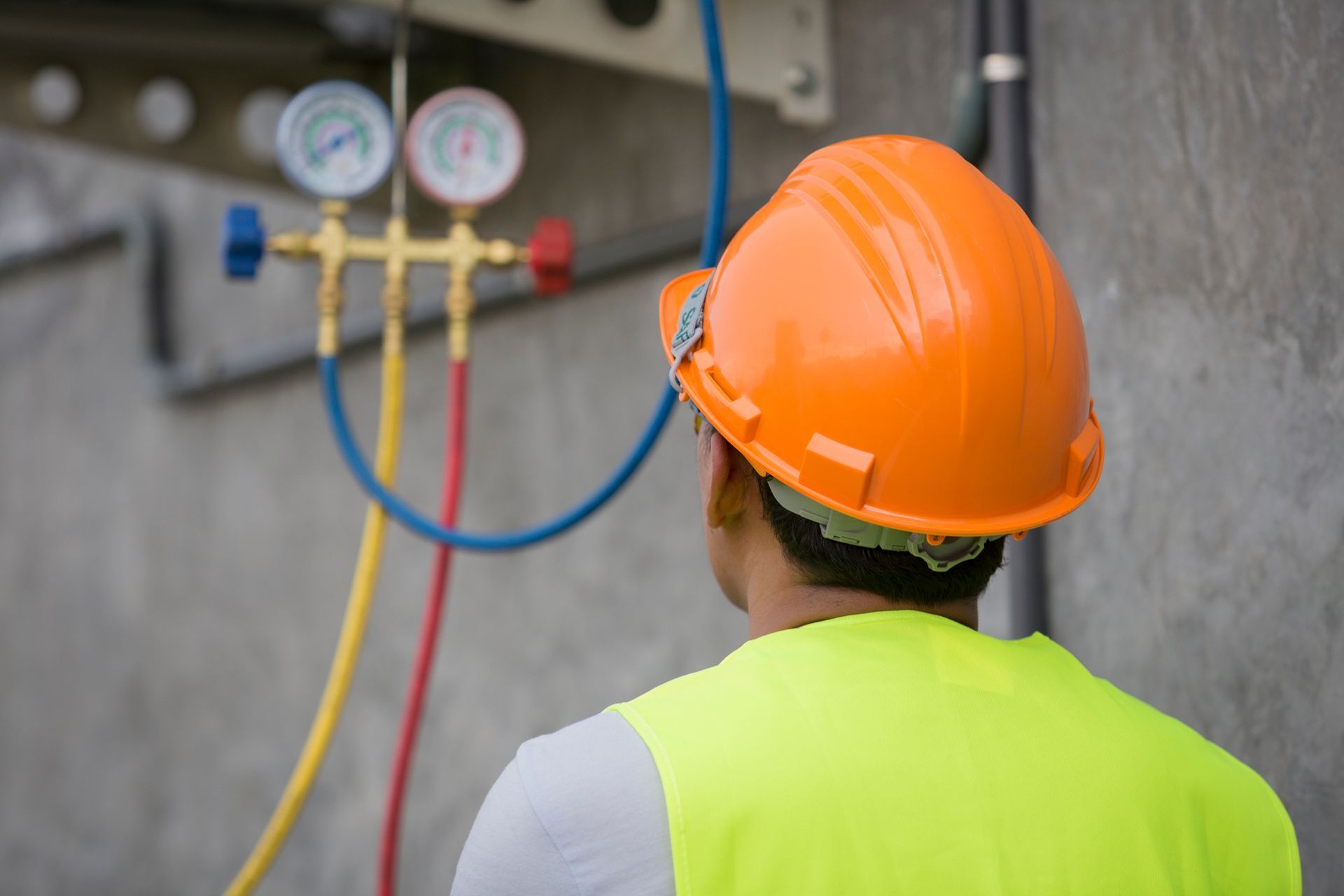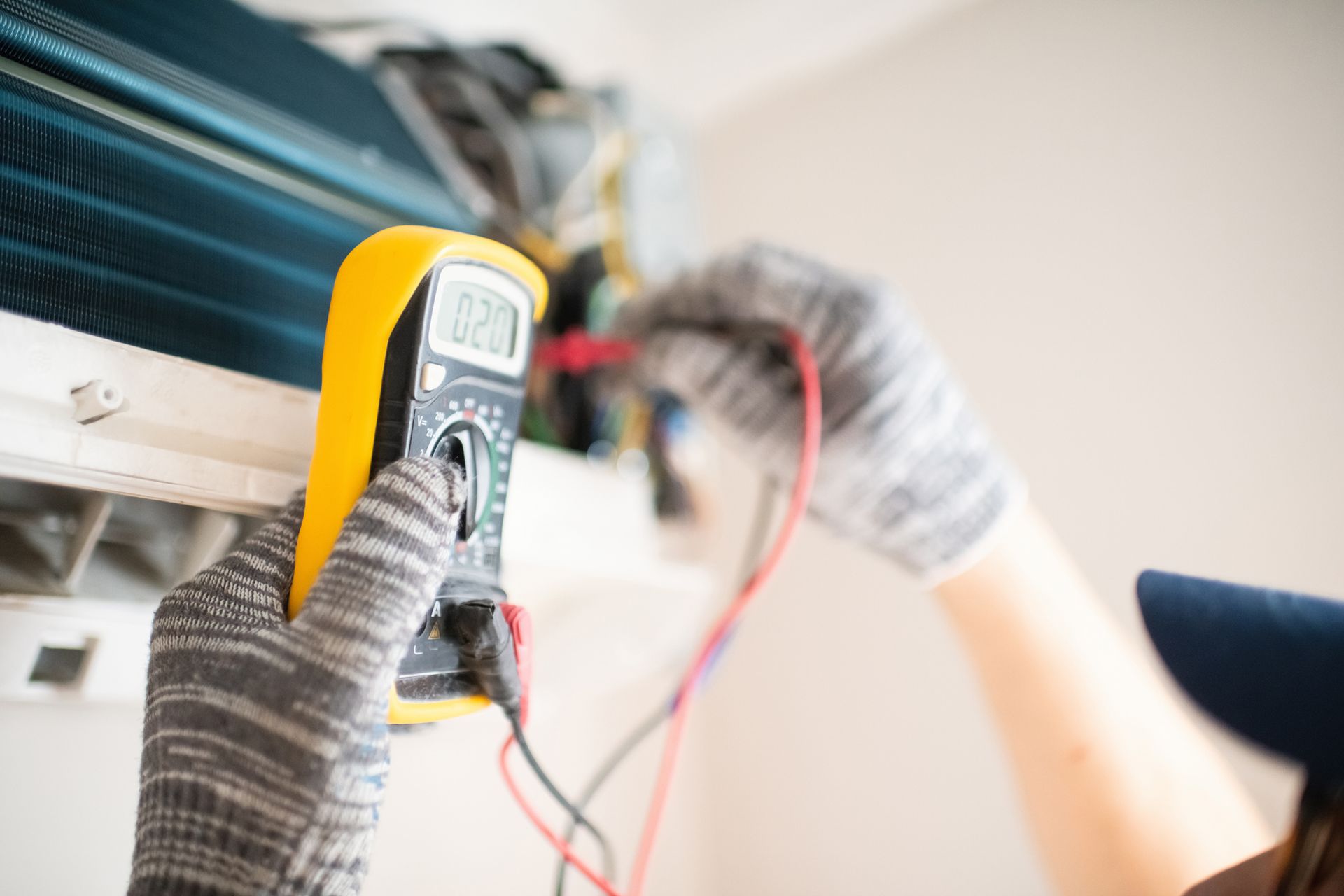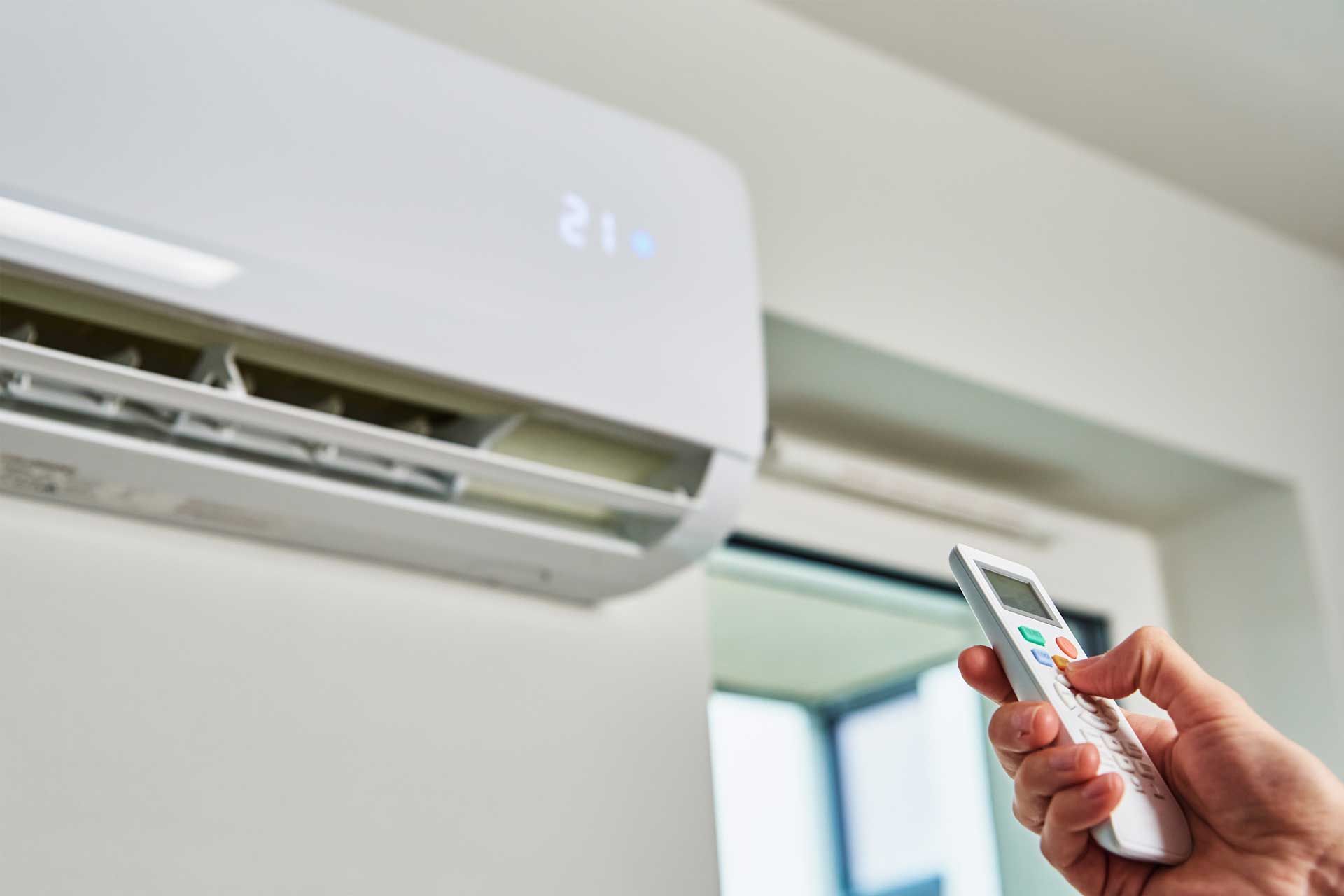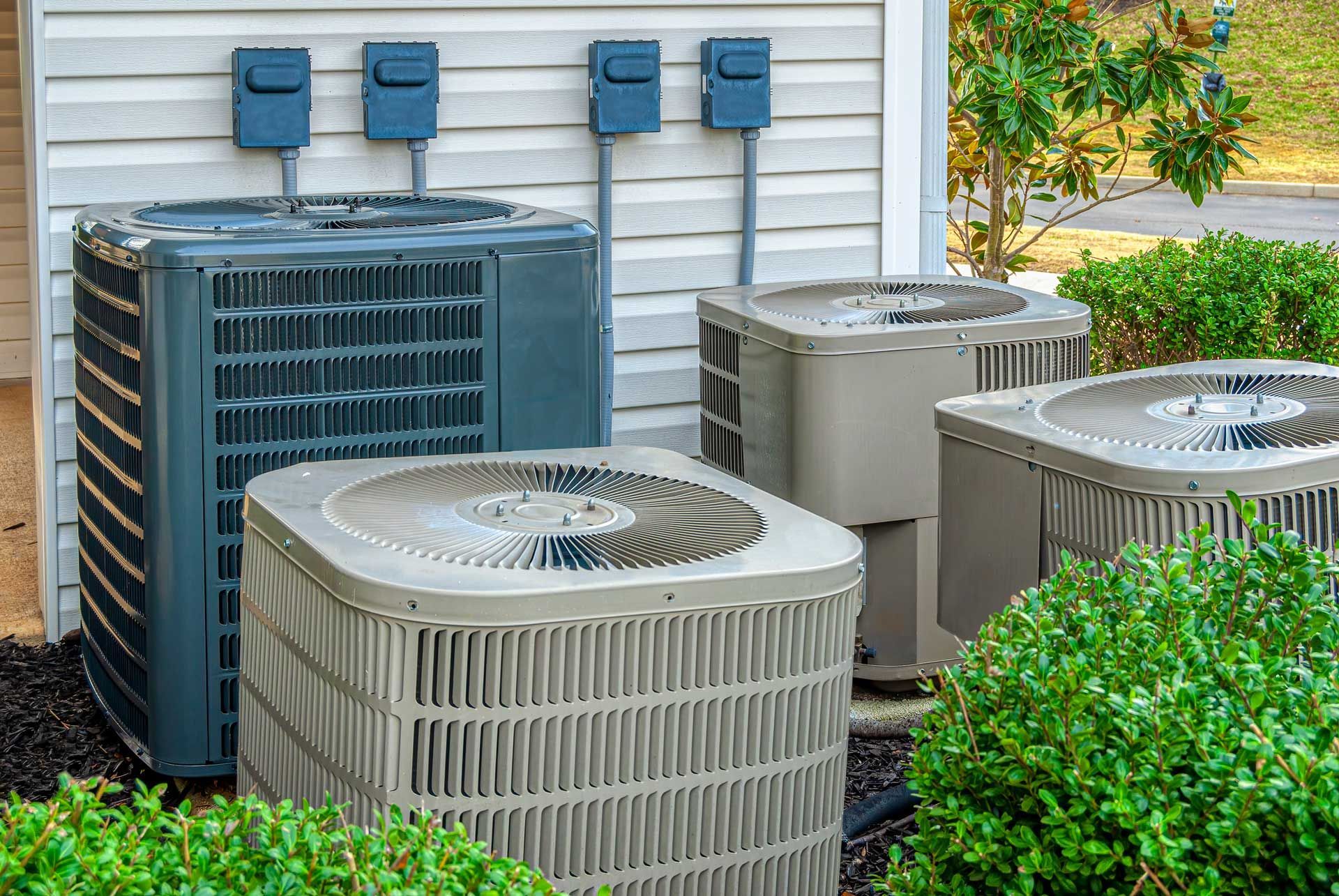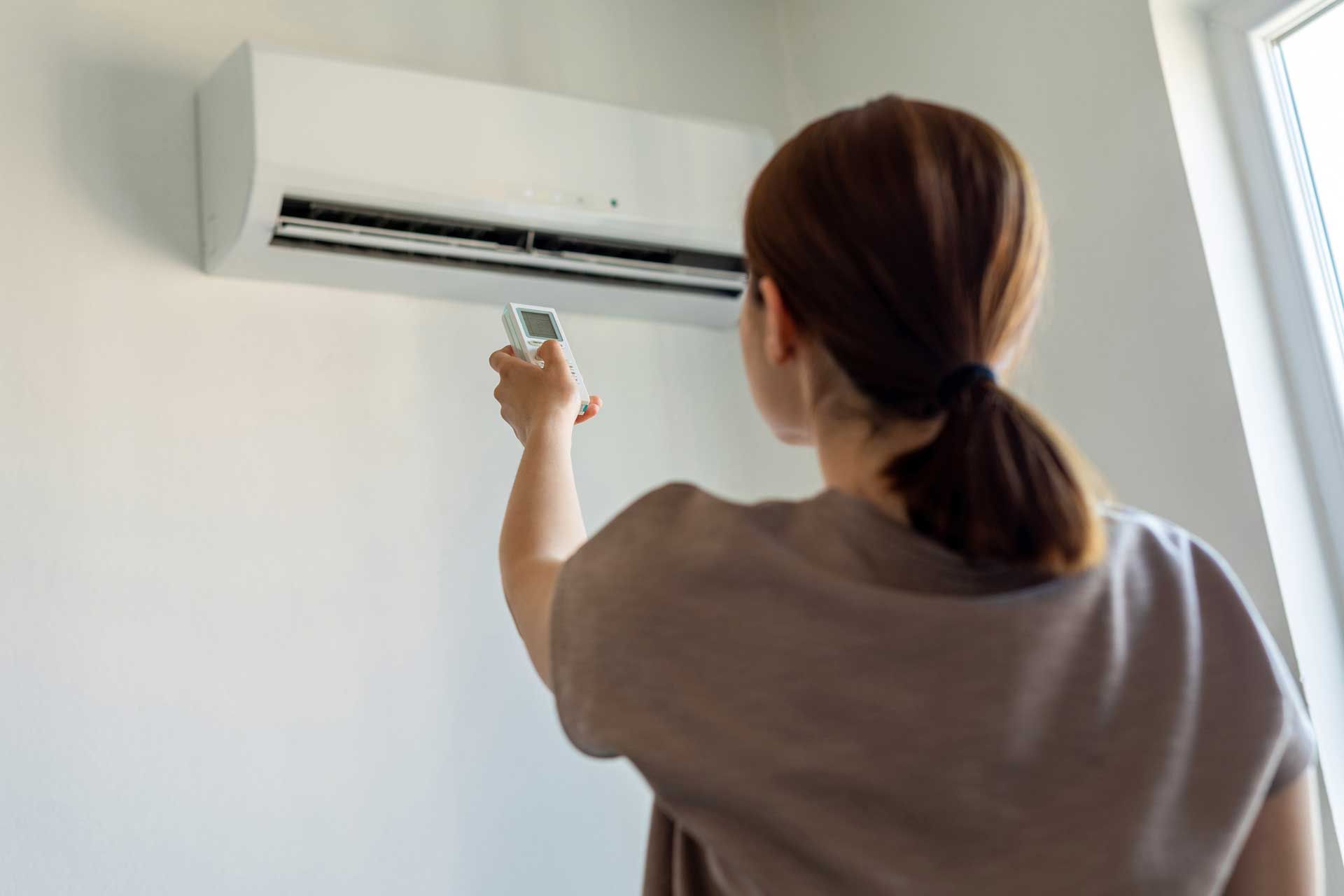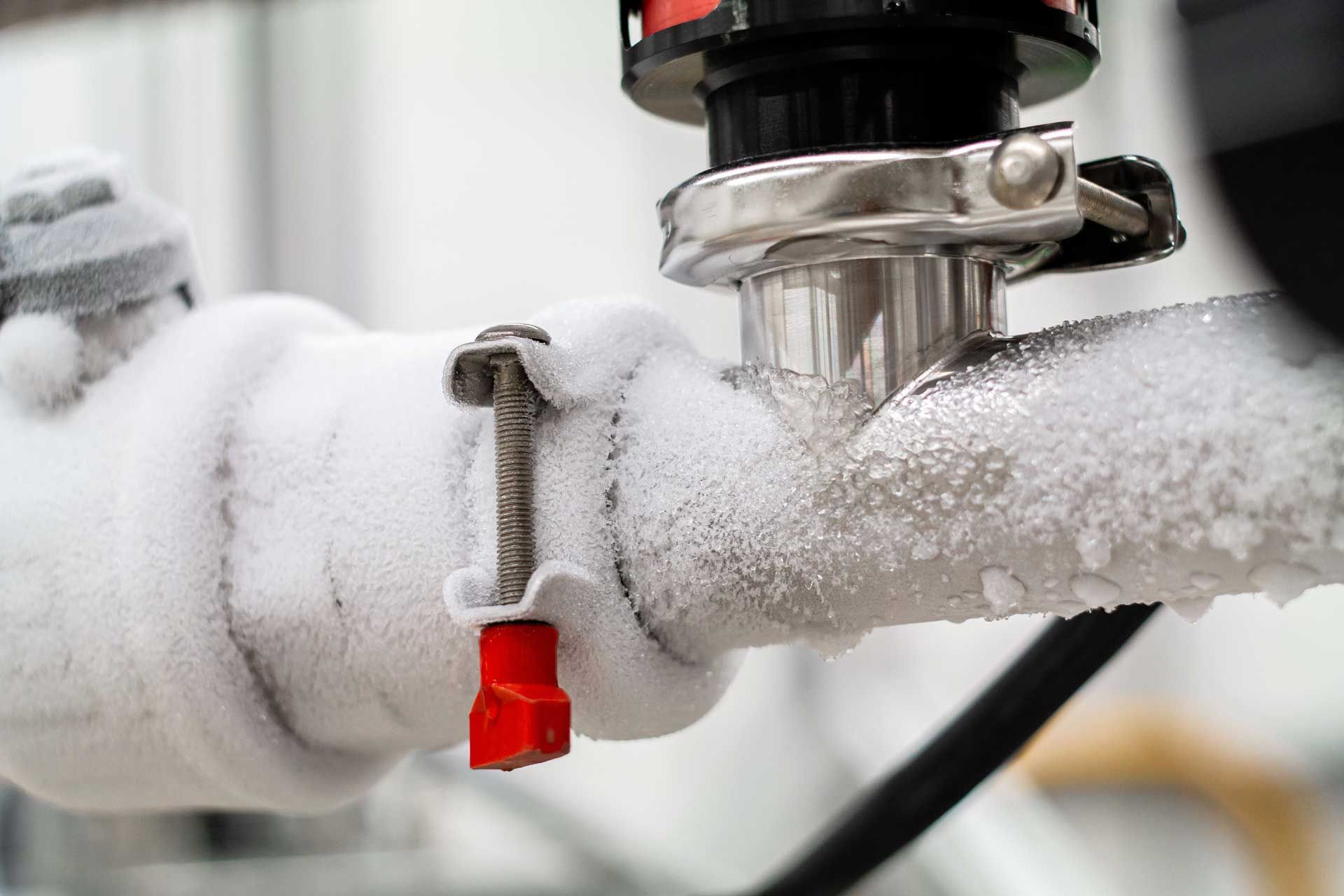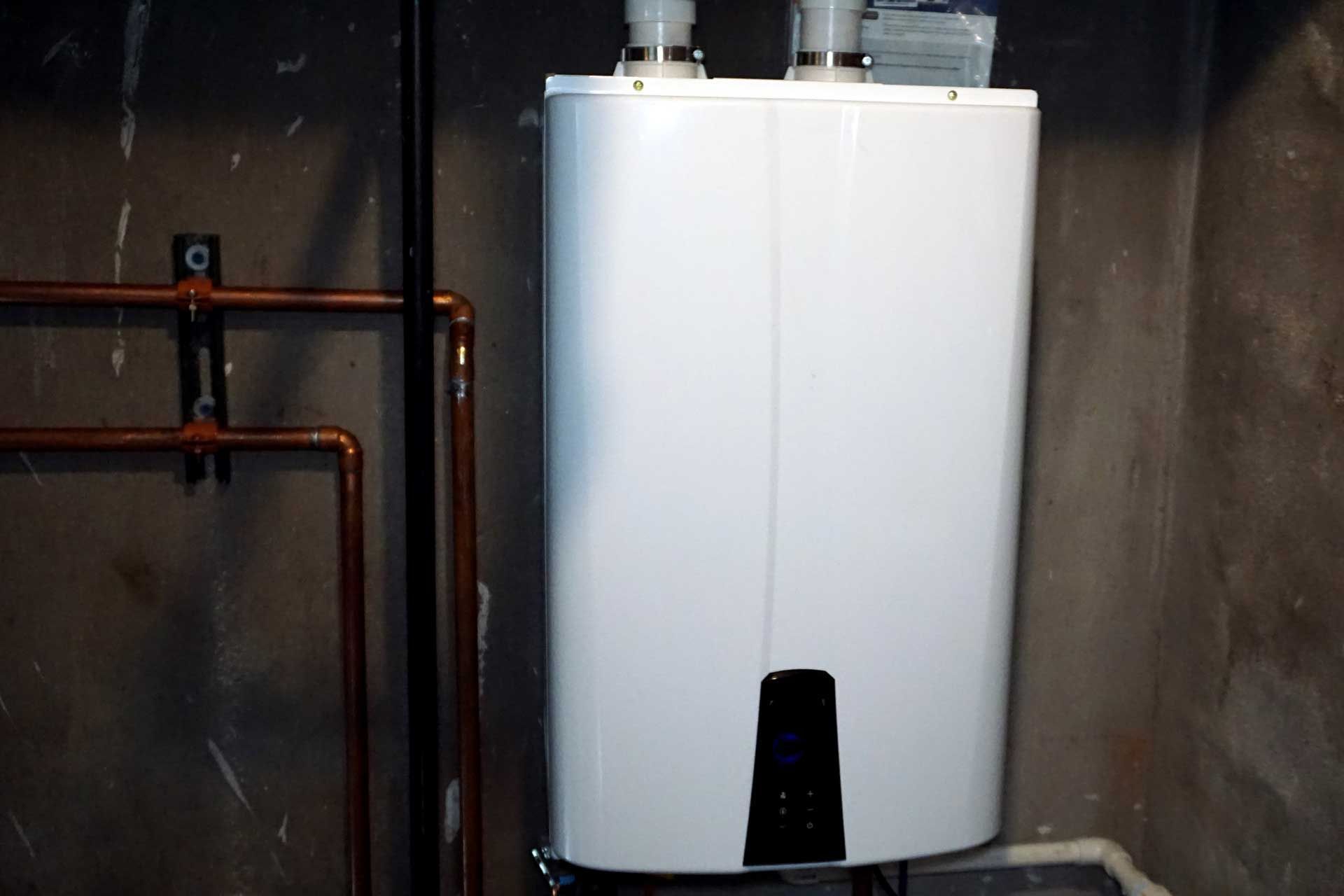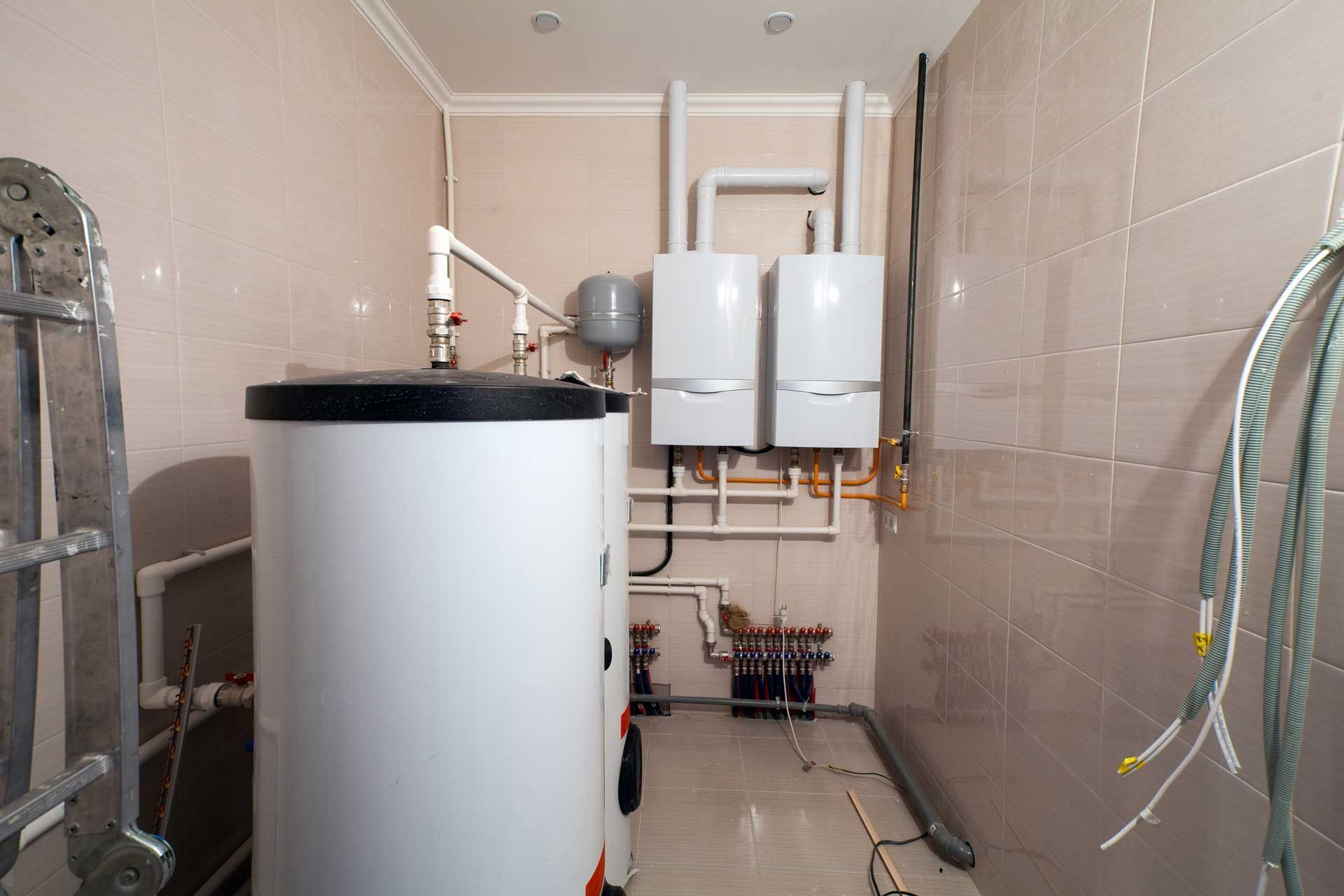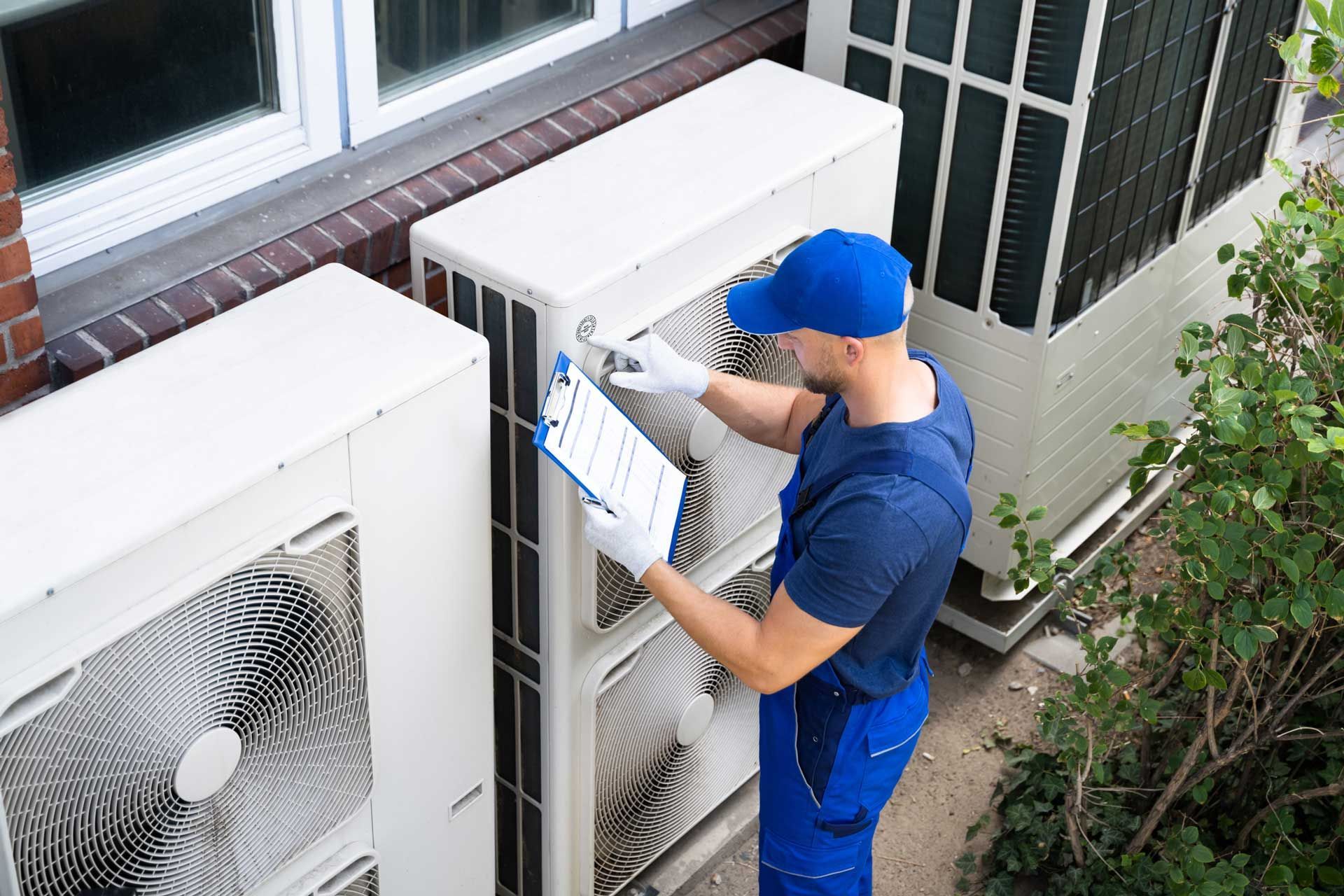Reasons You Can't Get Enough Hot Water From Your Heater
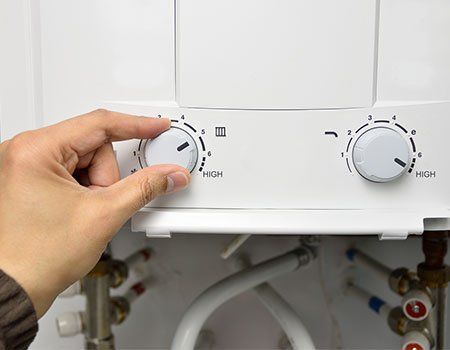
Nothing will ruin your shower faster
than a sudden blast of cold water because you've run out of hot
water. That blast of cold water is sure to wake you up, but it's
wholly unpleasant when you didn't plan on it. Below are some reasons
you may have run out of hot water. Wrong-Sized Heater
A common problem with new water
heaters, or one that's new to you in case you just moved in, is that
the heater isn't big enough for the demand. If you've chosen the
heater yourself, you may not have considered usage. If the heater is
in a home you've just moved into, perhaps the previous owners didn't
have the same usage requirements.
If you want a water heater with a tank,
you can do some simple math to determine the size needed. Typical tasks
that use hot water include the following:
- Showering: 10 gallons
- Shaving: 2 gallons
- Washing clothes: 7 gallons
- Washing dishes: 4 gallons by hand, 6 gallons by dishwasher
Imagine the peak usage time, and consider how many of the above activities you'll engage in during that time. For example, a family of three might take three showers in the morning and run the dishwasher. So, you'll need 36 gallons of hot water during peak usage time. That number tells you a 40-gallon tank should be sufficient. Sizing a tankless water heater involves trickier math. You may want to consult HVAC experts for this heater. Too Much Demand During Peak Usage Three showers and one instance of running the dishwasher shouldn't be too taxing for the average household. However, factors can affect peak water usage. For instance, you might have a family member who takes especially long, hot showers or who uses a bathtub. Or, perhaps you've recently converted to a highflow showerhead or built a wet bar. Again, you may have to switch to a higher-capacity water heater. You could also install a tankless water heater. Instead of heating a predetermined amount of water, a tankless system heats the water as needed. The system uses a heat exchanger, which transfers heat from electric coils or a gas-fired burner to the water. If you're not ready to upgrade your water heating system just yet, consider organizing a water usage chart. For instance, try running the dishwasher and clothes washer at night instead of when you also need to shower. Sediment in the Water Tank Even if the tank is technically big enough to meet the demands of peak water usage, sediment buildup can prevent the appliance from doing its job properly. Sediment can come from the water itself - it's simply the solid material that came in with the water. The tank can also accumulate rust and corrosion. When the sediment builds up at the bottom of the tank, it interferes with the heating elements. Therefore, they're unable to efficiently heat up the water. You may need to drain the tank several times to flush the sediment out. You can also call in the HVAC technicians to perform this task. Issues With Incoming Water The problem may not reside in your water heater but rather with the incoming water. One issue might be water pressure. The cold water that flows into the tank is supposed to force the hot water out to the relevant fixtures. If the pressure is insufficient, you won't get enough hot water. Problems for insufficient pressure vary and will almost certainly require professional diagnostics. One example of such a problem is a faulty dip tube, which is the pipe through which the cold water enters. This tube sometimes breaks or disconnects, which allows the cold water to enter from the top instead of the bottom. The hot water dilutes. You may need to replace this tube. A simpler issue might be that the incoming water is too cold. If the season is winter, and the decrease in hot water is sudden, consider raising the temperature on your thermostat. Don't suffer through a cold shower. Call the HVAC experts at Preferred Mechanical Services for help.
